
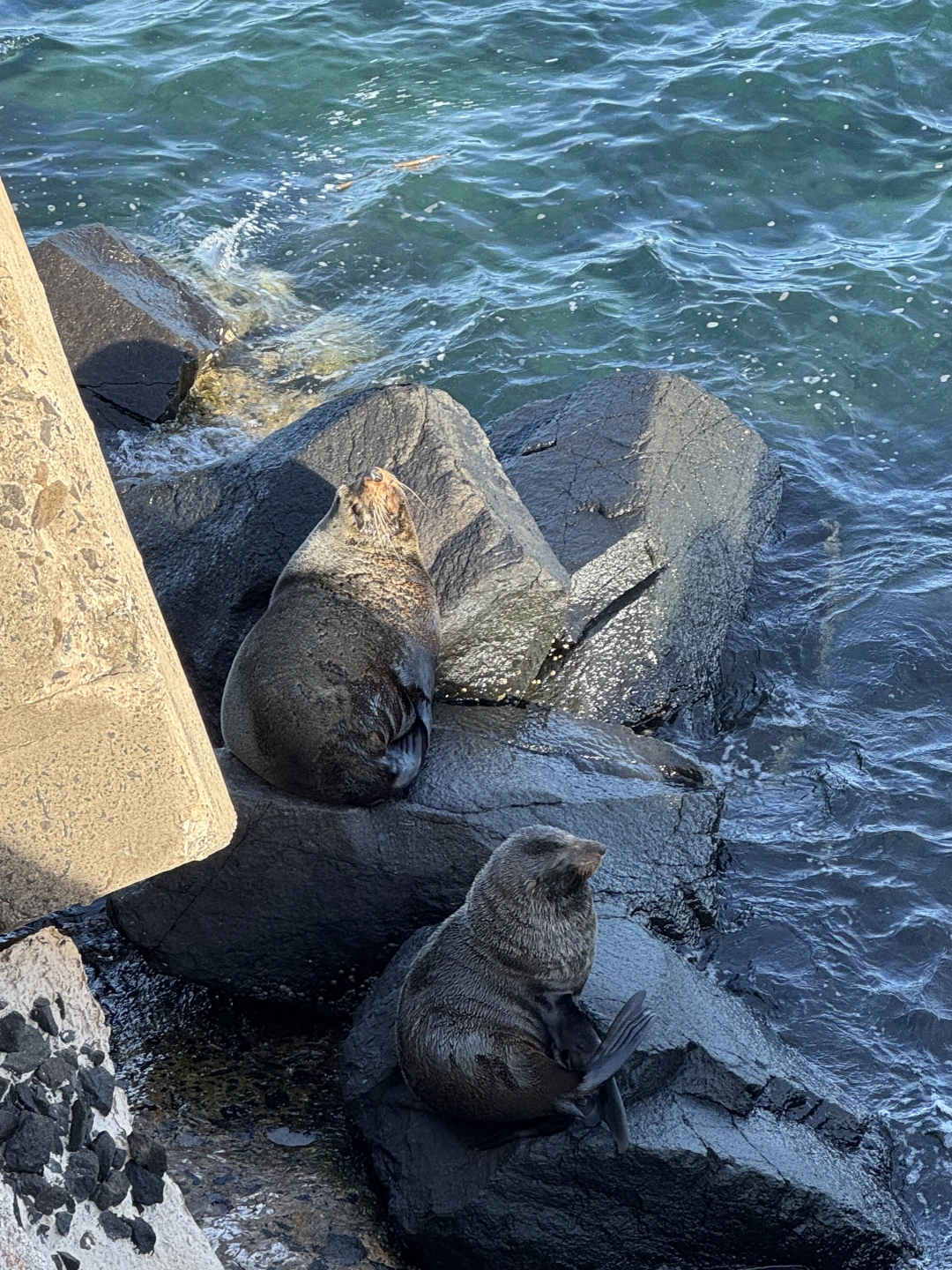
New Zealand Fur Seals Blog Post
My interest in New Zealand fur seals (Arctocephalus forsteri) began during early morning walks along the breakwater, where I first observed these remarkable animals resting on the rocks. Seeing them often quietly hauled out sparked a deeper curiosity about their behaviour, ecology, and conservation status.
Since then, I’ve focused on learning more about their presence along the NSW coastline, particularly in the Illawarra region where sightings have increased in recent years.
This growing interest has led me to combine my knowledge in environmental observation with creative communication, aiming to raise awareness about seal conservation and responsible wildlife watching practices. Moments on the breakwater continue to remind me of the importance of coexisting respectfully with the wildlife that shares our shores.
Energy Conservation and Adaptation in Seals
Have you ever seen a seal snoozing on the shore and wondered just how deeply they sleep? The answer might surprise you — some seals nap so soundly that they barely notice people walking nearby!
When seals come ashore, it's often to rest and recharge. They snooze deeply but will typically open an eye every 20 minutes or so — either to check for danger or simply for a good scratch and stretch. These naps help seals recover from time at sea, avoid predators, and even socialise with one another between rests.
But it doesn’t stop there — seals can also sleep at sea!
Some seals doze underwater. Others drift in mid-water or even rest on the ocean floor.
Scientists have discovered that how fast or slow a seal sinks during a drift dive can reveal its health. More body fat means better buoyancy — and a well-fed seal floats more slowly than a lean one. By tracking these drift rates, researchers can learn where seals are thriving or struggling based on their ability to gain fat.
Interestingly, male New Zealand fur seals have also been spotted doing shorter, 3–4 minute drift dives. It’s a sign that underwater sleeping might be more common across seal species than we ever realised.
📍 Seal Haul-Out Locations in the Illawarra
New Zealand fur seals often haul out at:
Martin Islet, off Port Kembla (part of the Five Islands Nature Reserve)
Eastern Breakwater, Port Kembla – particularly in winter
Bass Islet, near Kiama
Rugged offshore rocks along the Illawarra escarpment and coast
These sites are mostly male haul-outs—resting areas for seals who spend time ashore between feeding trips.
Seal Spotting the Right Way
There’s something truly special about spotting a New Zealand fur seal along the NSW coastline. Whether you find one stretched out on a rocky ledge or gliding gracefully through the surf, these moments are a gift. But what many people don’t realise is that even the most well-meaning wildlife watchers can unintentionally stress seals—and that stress can have serious impacts on their health and safety.
Here’s how to enjoy watching seals without disturbing them, so they can keep coming back to rest, moult, and thrive along our shores.
Give Them Space
The number one rule for seal watching is simple: keep your distance.
On land, stay at least 40 metres away. If you're out on the water—whether by boat, kayak, or paddleboard—keep at least 100 metres away.
Use binoculars or a camera zoom lens to get a closer look without moving in. Remember: if you’re close enough to make the seal lift its head or look alert, you’re probably too close. I use a zoomed in camera when taking a quick photo.
Keep Dogs Away
Even the calmest, friendliest dog can stress a seal. Seals see dogs as predators, and the sight, sound, or scent of one nearby can send them fleeing into the water—sometimes injuring themselves or abandoning a haul-out spot altogether.
Whenever possible, leave your dog at home when seal spotting. If you're walking in a shared space, always keep your dog on a short leash and move away from resting seals.
Be Quiet and Calm
Seals are incredibly sensitive to noise and movement. Sudden bursts of sound, running, shouting, or a group gathering too closely can easily startle them.
To help seals feel safe:
Move slowly and predictably
Keep your voice low
Avoid pointing or shouting
Remind children to observe gently and quietly
Never Touch, Feed, or Chase
This one’s critical: Do not approach, touch, or feed seals.
They may look slow and sleepy, but they are still wild animals and can bite if they feel threatened. Feeding them can lead to serious behaviour changes and long-term harm. If a seal looks sick or injured, resist the urge to help—call a licensed wildlife rescue group instead.
Know the Signs of Stress
Seals often show early signs of discomfort before they flee. Watch for:
Head lifting or frequent looking around
Restlessness or shuffling
Growling, barking, or sudden movements
Moving toward the water or away from people
If you see these behaviours, the seal is likely stressed. Quietly move back and give them space to settle.
Every respectful observer makes a difference.

🧡 Why We Should Care
Fur seals were once hunted to near extinction for their luxurious coats. Now, thanks to conservation efforts, their numbers are defiantly increasing! But they still face threats from plastic pollution, entanglement, and curious humans getting too close.
So next time you’re by the sea and spot a little whiskered friend lounging on the rocks—snap a photo (from a distance), soak up the moment! They're wild, wonderful, and deserve our respect.
Happy seal spotting! 🐾🌊
Links
Spotted a seal? Share it with #SealSpottingWithSteph and tag @lifeby_steph
Let’s build a community of curious, respectful wildlife watchers.
Sightings
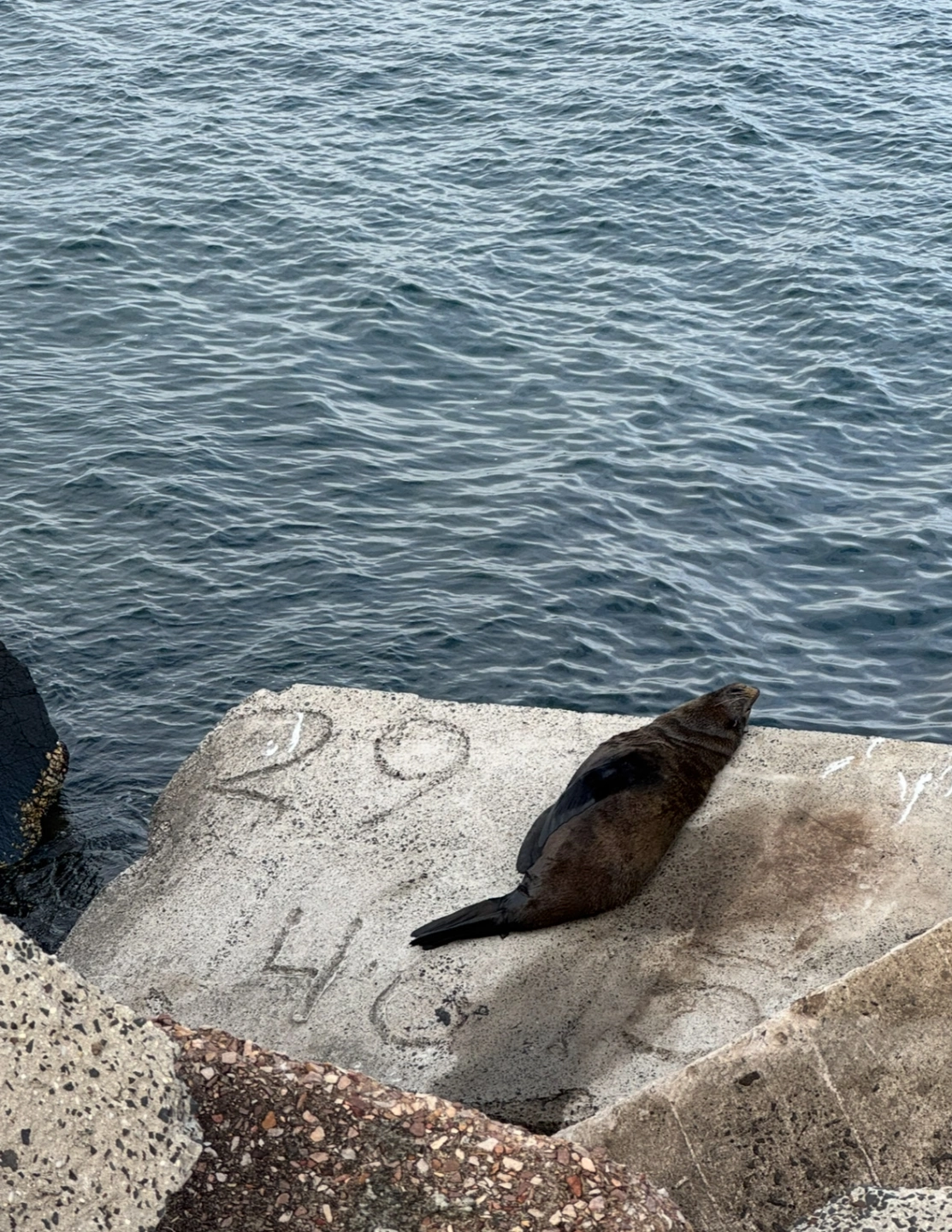
New Zealand Fur Seal - Arctocephalus Forsteri
22nd February 2025
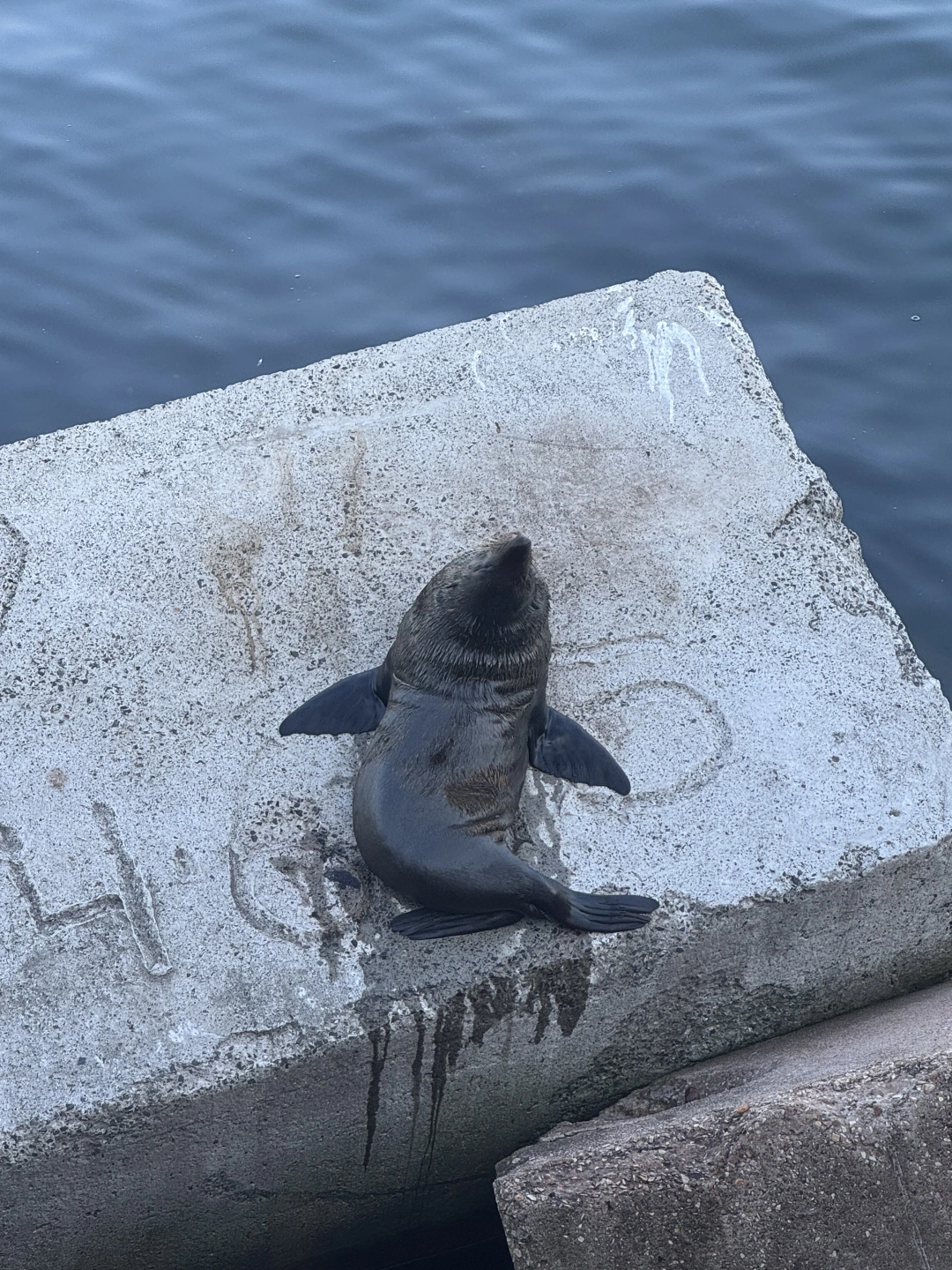
New Zealand Fur Seal - Arctocephalus Forsteri
15th March 2025
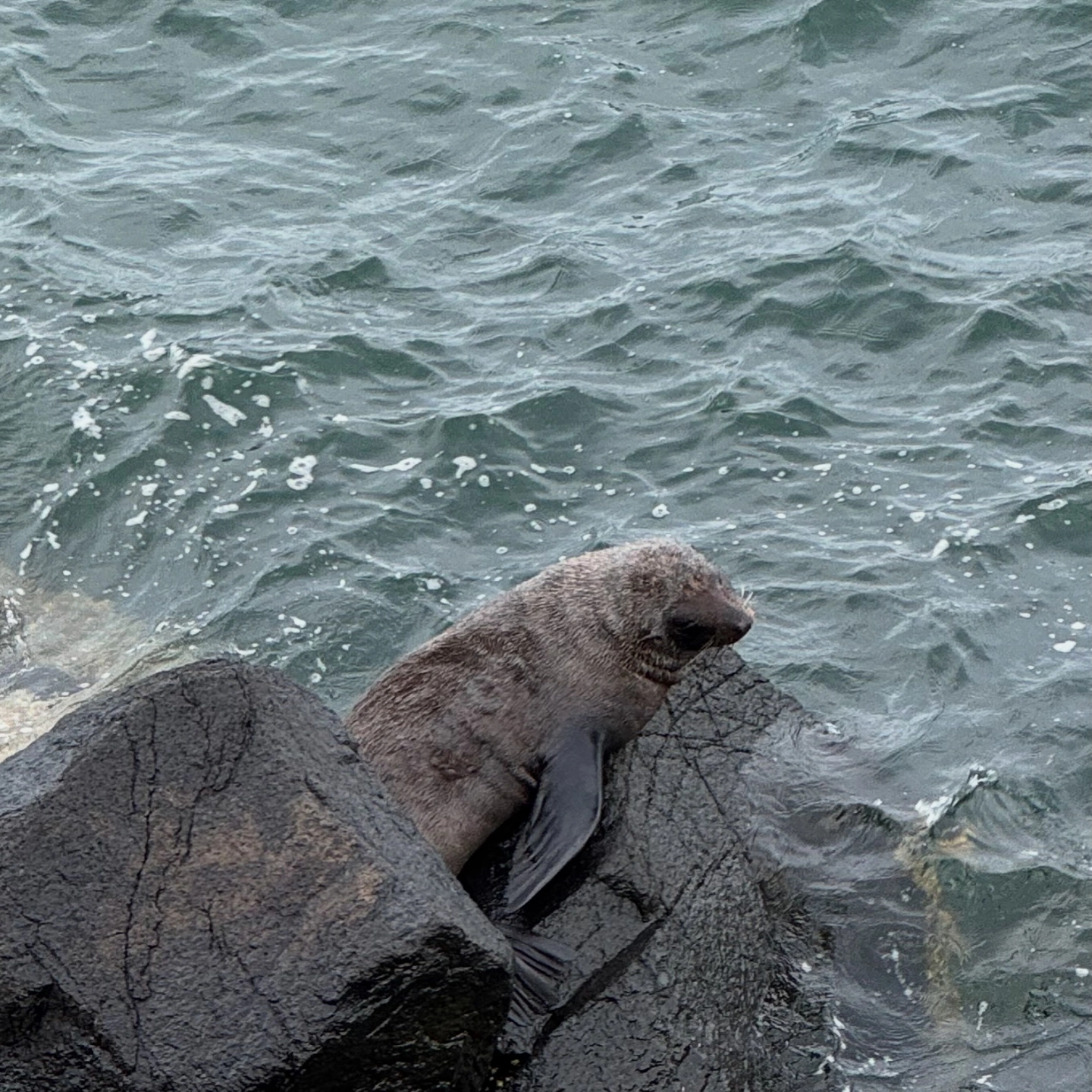
New Zealand Fur Seal - Arctocephalus Forsteri
16th March 2025
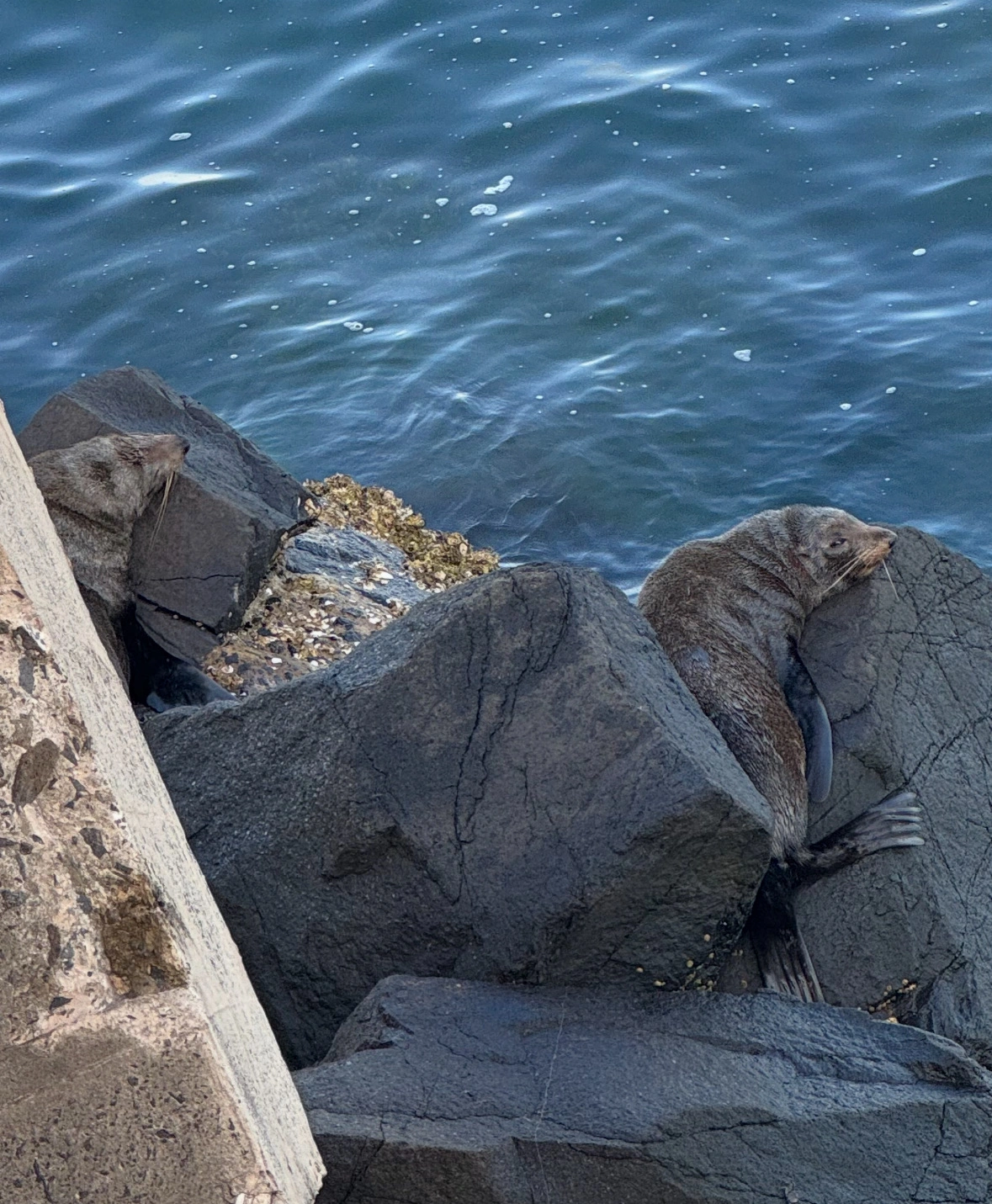
New Zealand Fur Seal - Arctocephalus Forsteri
20th March 2025
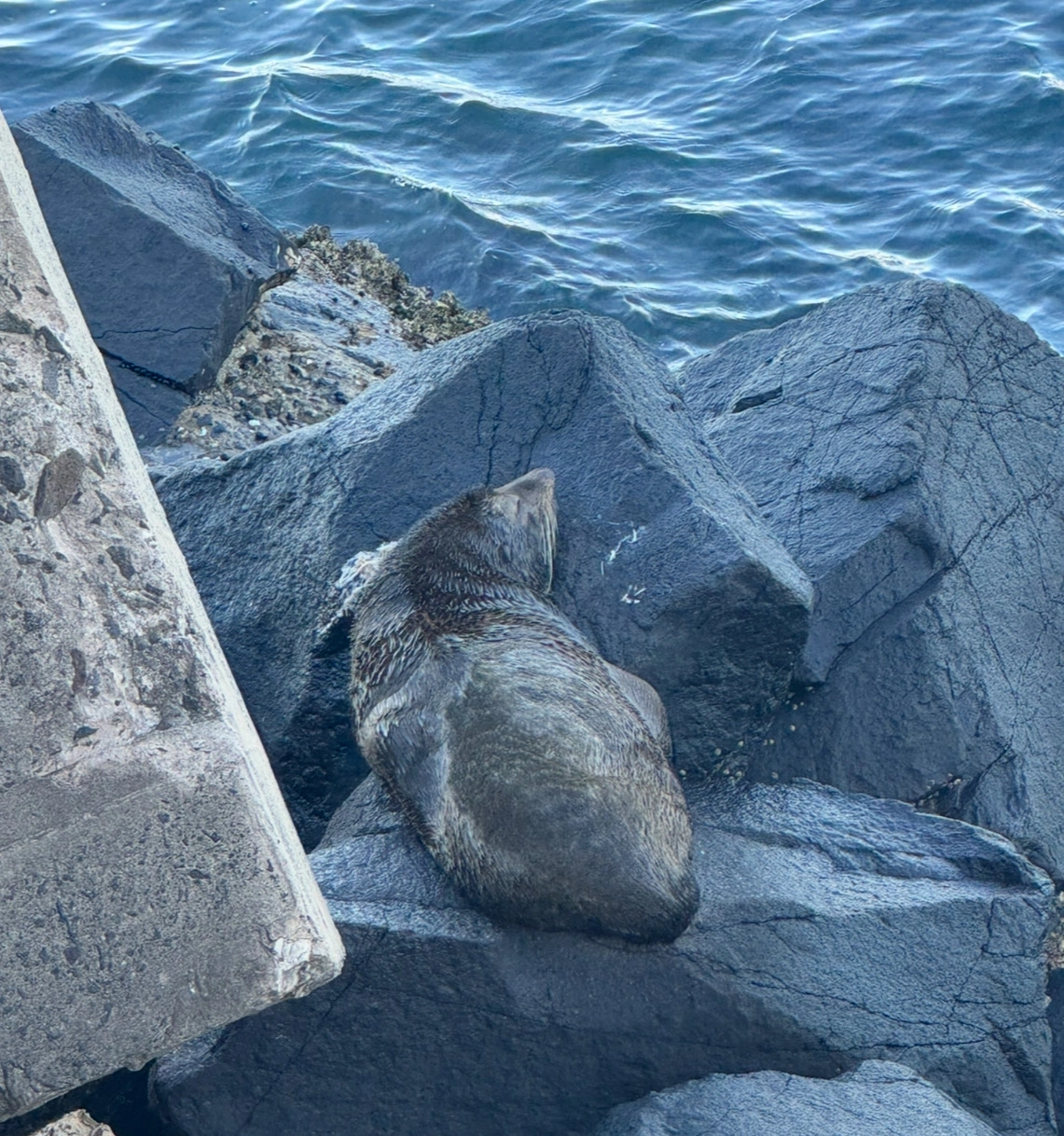
New Zealand Fur Seal - Arctocephalus Forsteri
8th June 2025
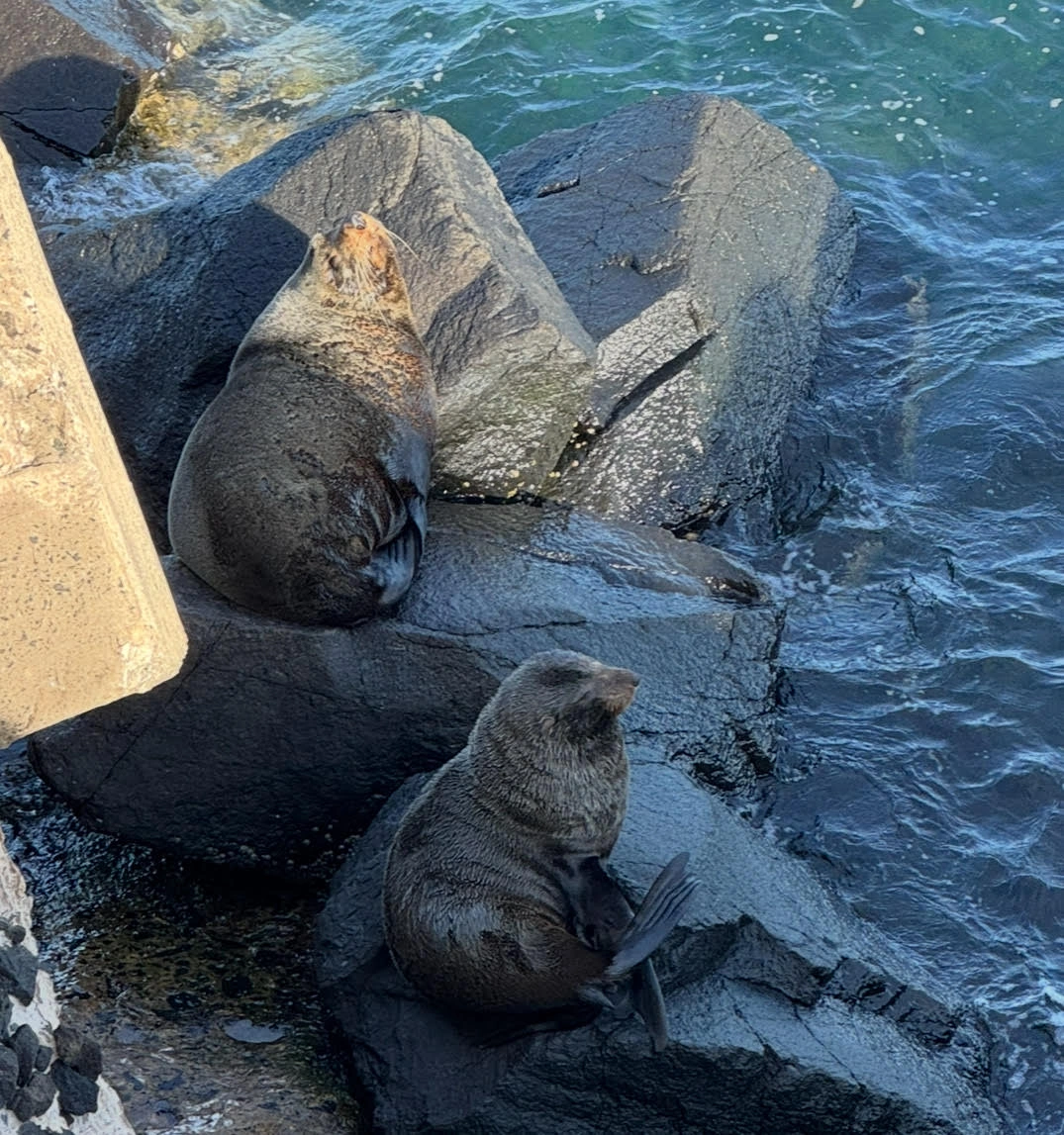
New Zealand Fur Seal - Arctocephalus Forsteri
12th June 2025
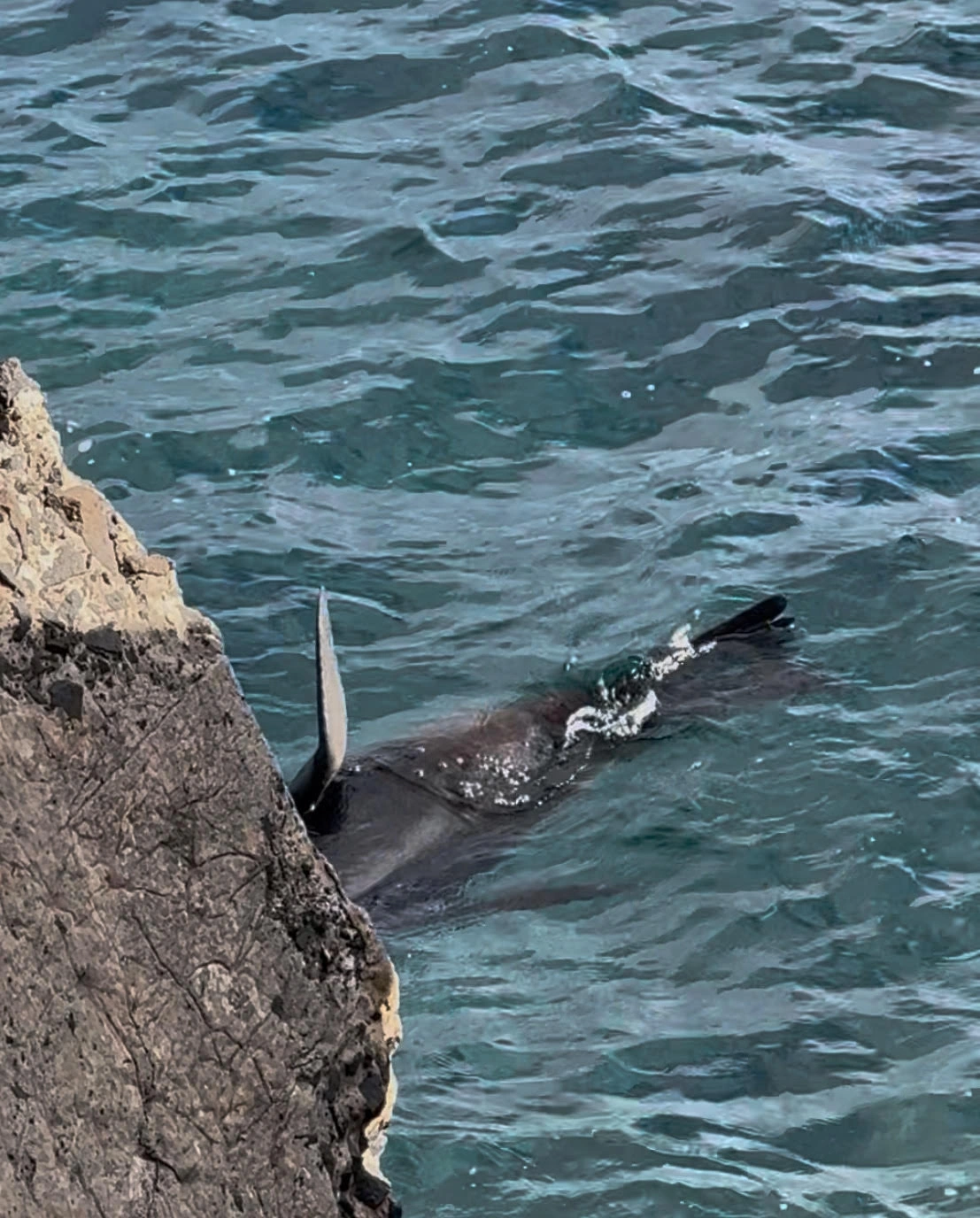
New Zealand Fur Seal - Arctocephalus Forsteri
14th June 2025
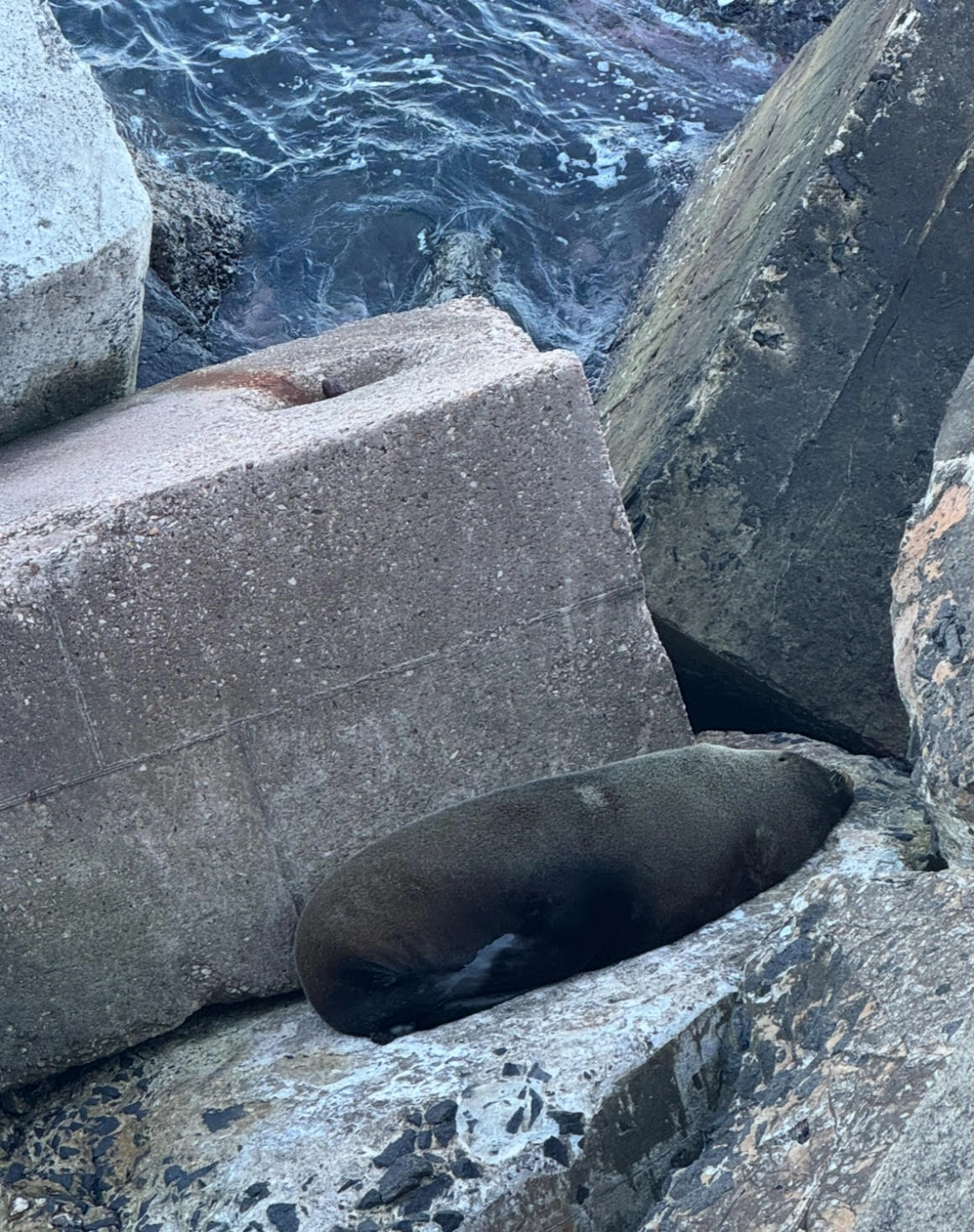
New Zealand Fur Seal - Arctocephalus Forsteri
18th June 2025
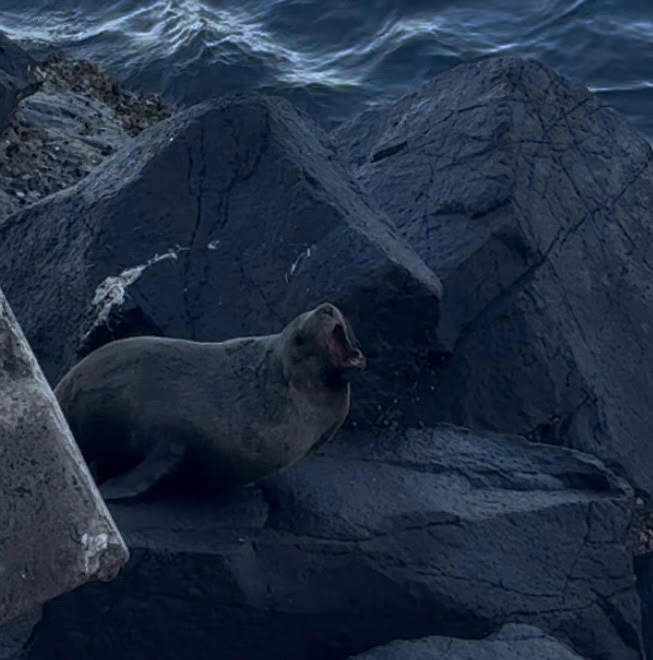
New Zealand Fur Seal - Arctocephalus Forsteri
21st June 2025
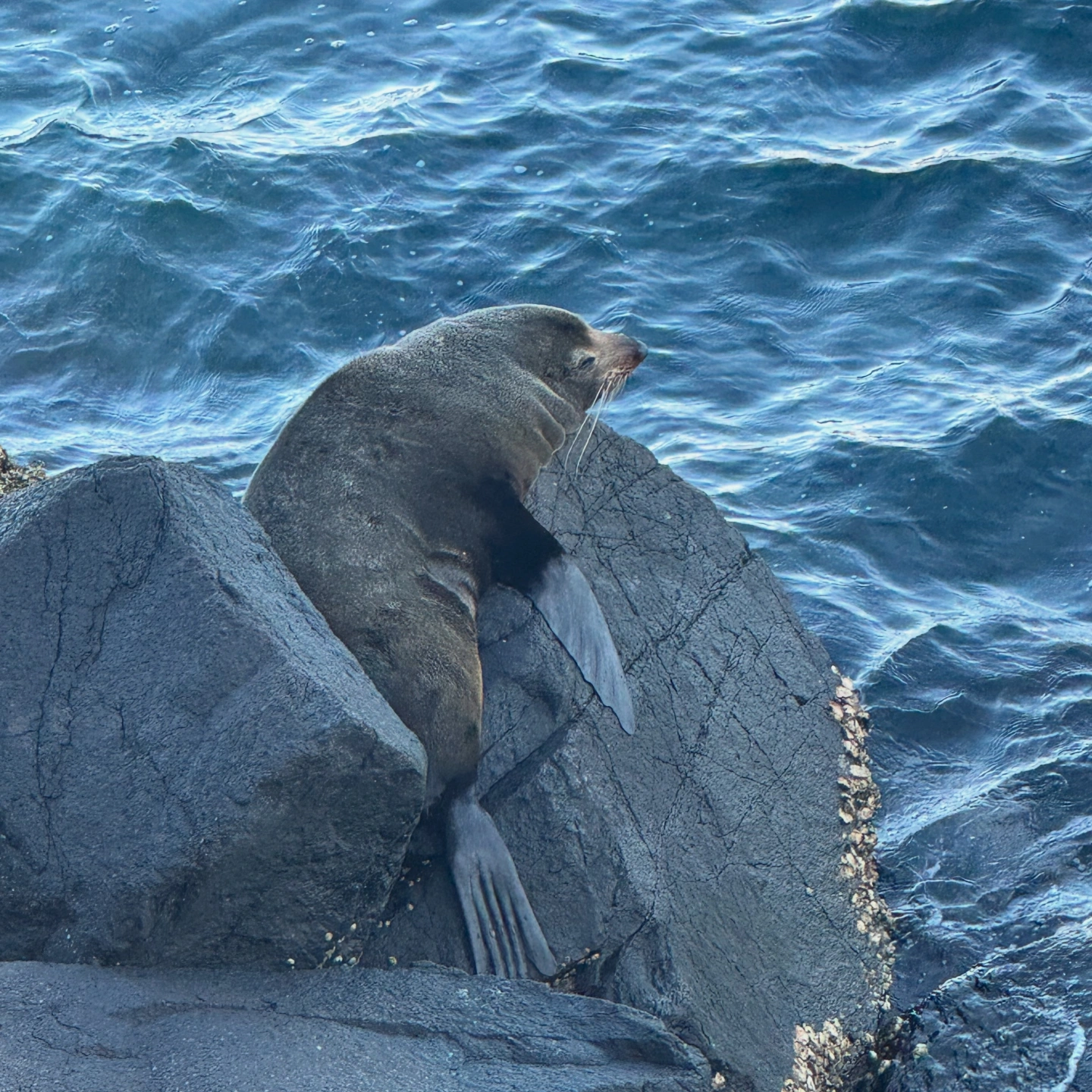
New Zealand Fur Seal - Arctocephalus Forsteri
30th June 2025
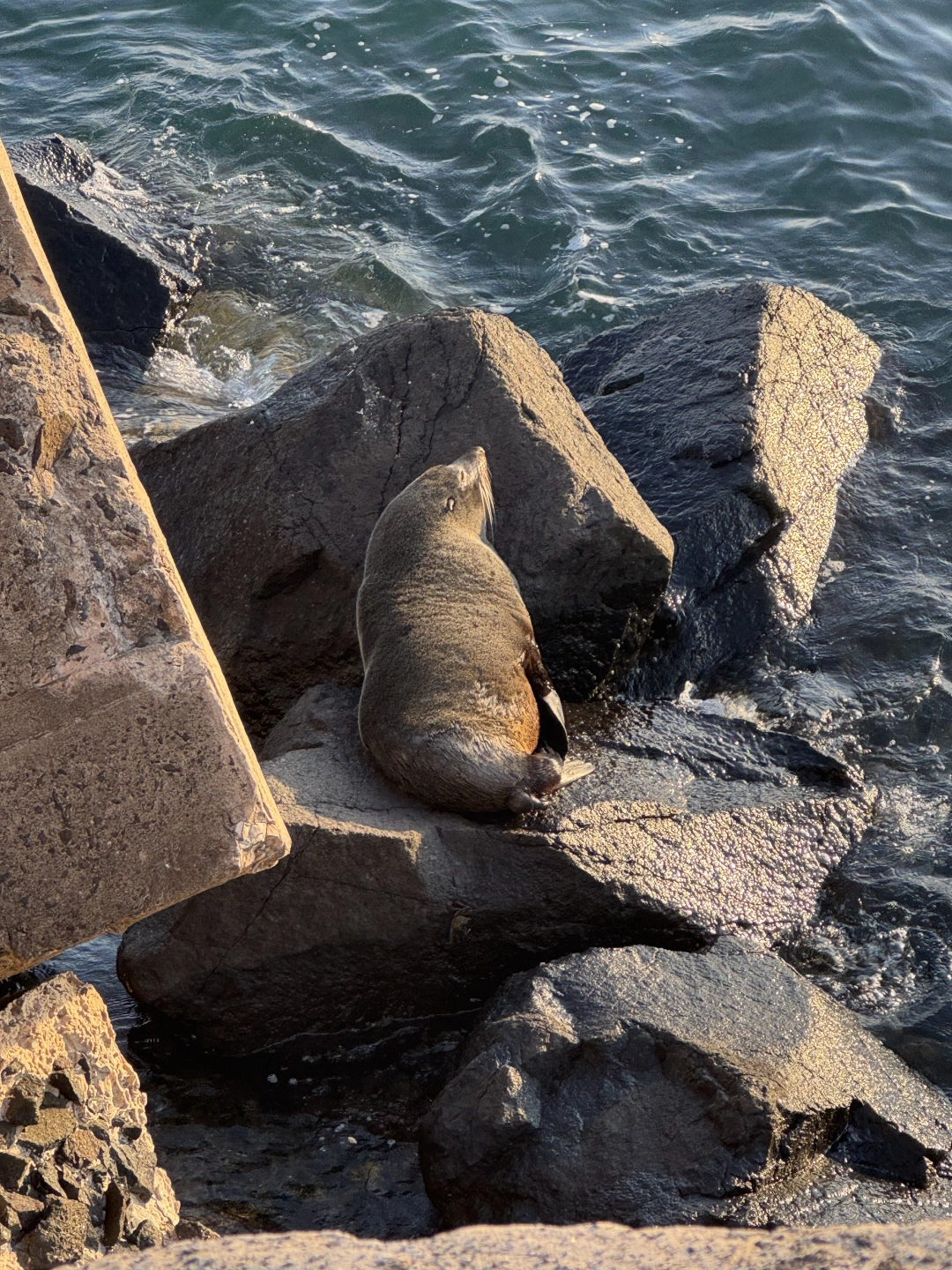
New Zealand Fur Seal - Arctocephalus Forsteri
6th July 2025
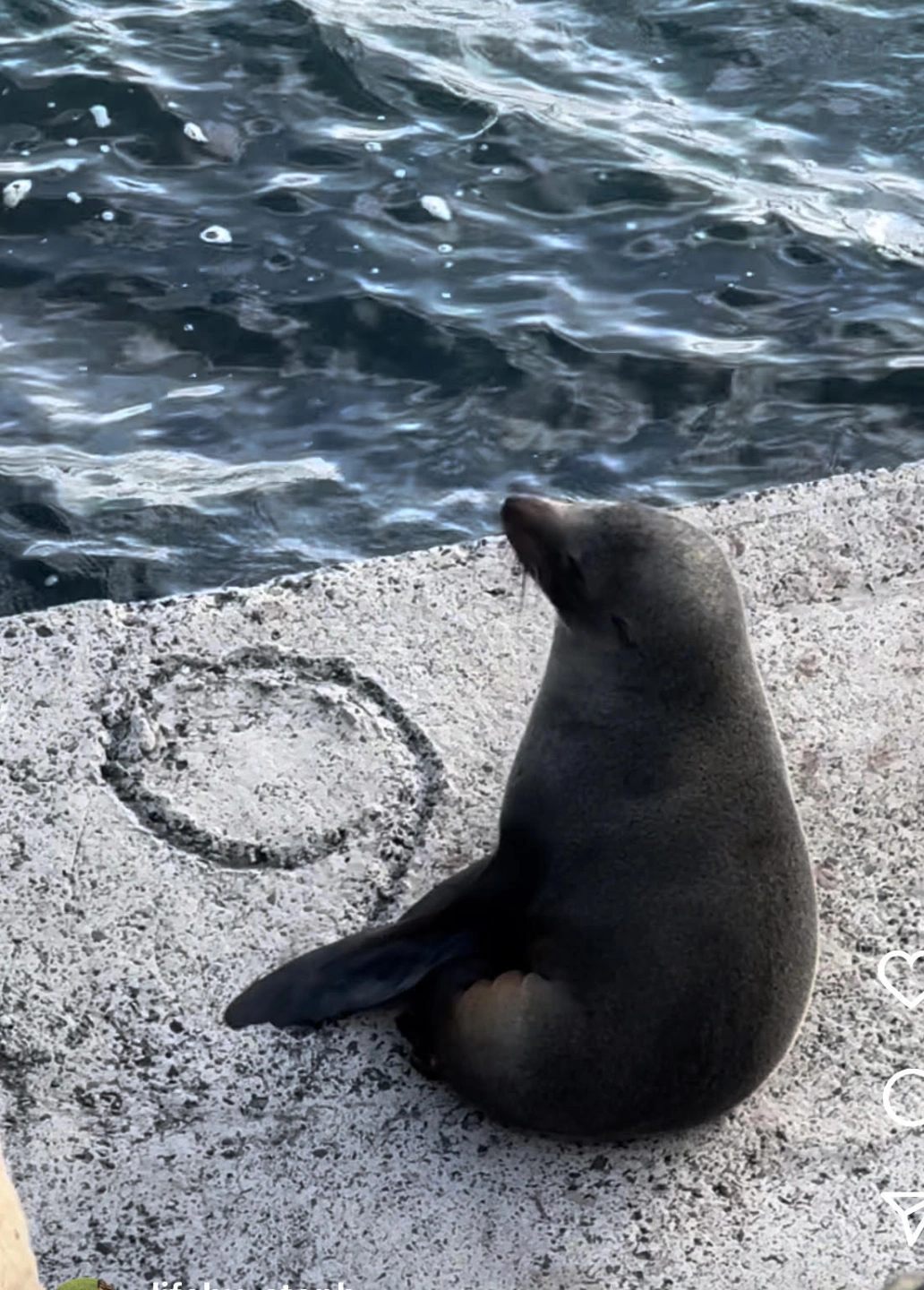
New Zealand Fur Seal - Arctocephalus Forsteri
8th July 2025
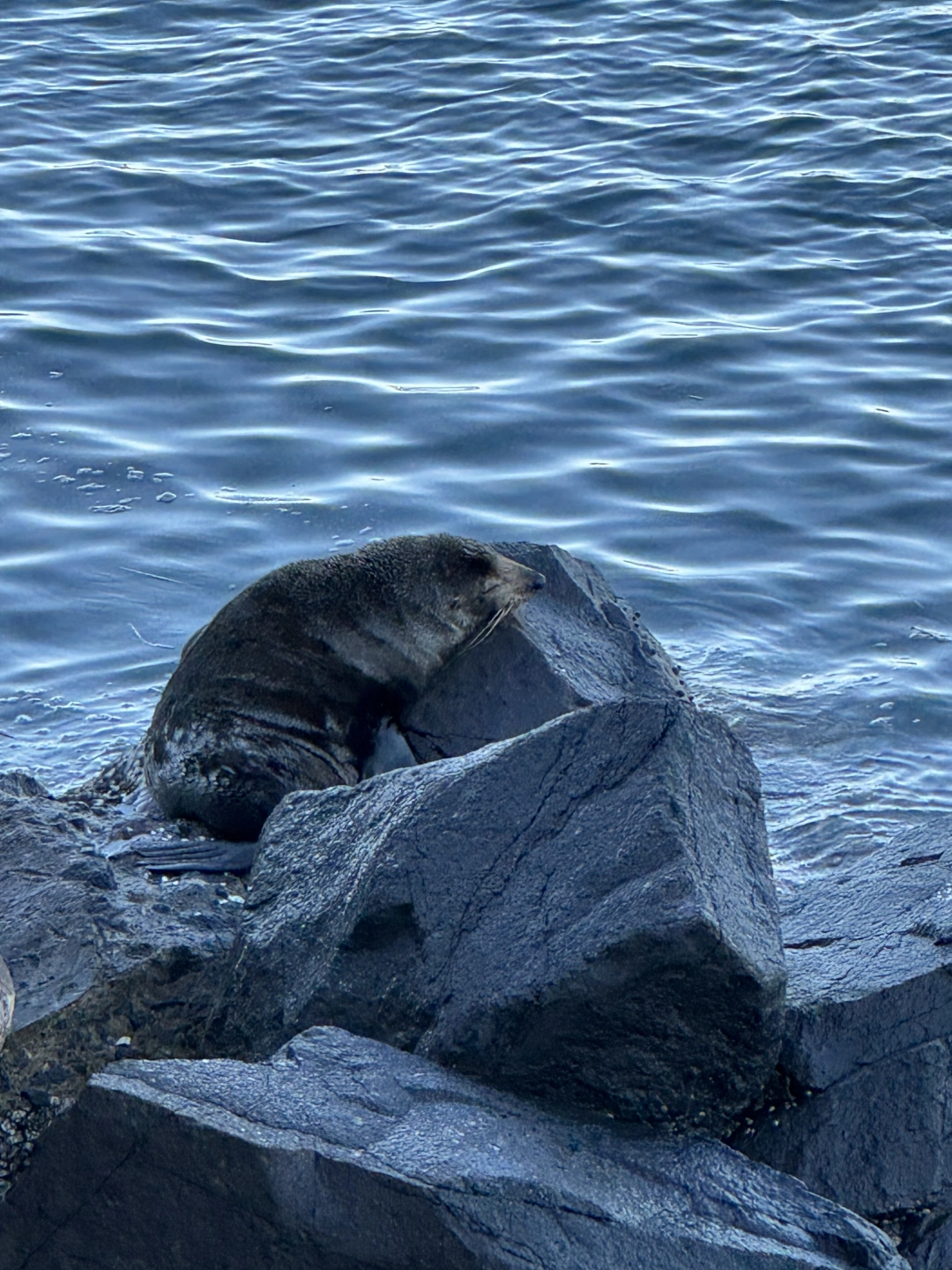
New Zealand Fur Seal - Arctocephalus Forsteri
9th July 2025
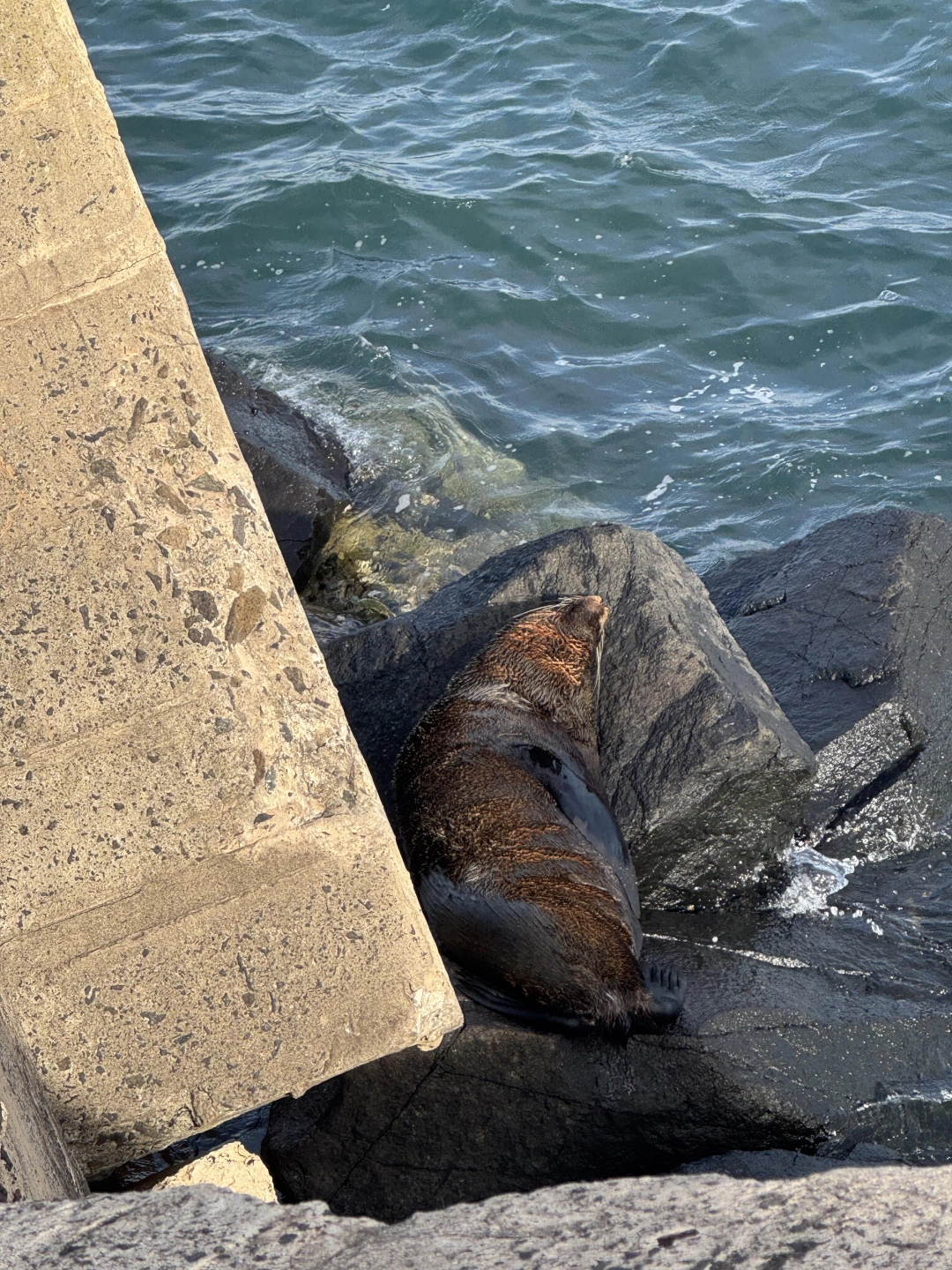
New Zealand Fur Seal - Arctocephalus Forsteri
13th July 2025
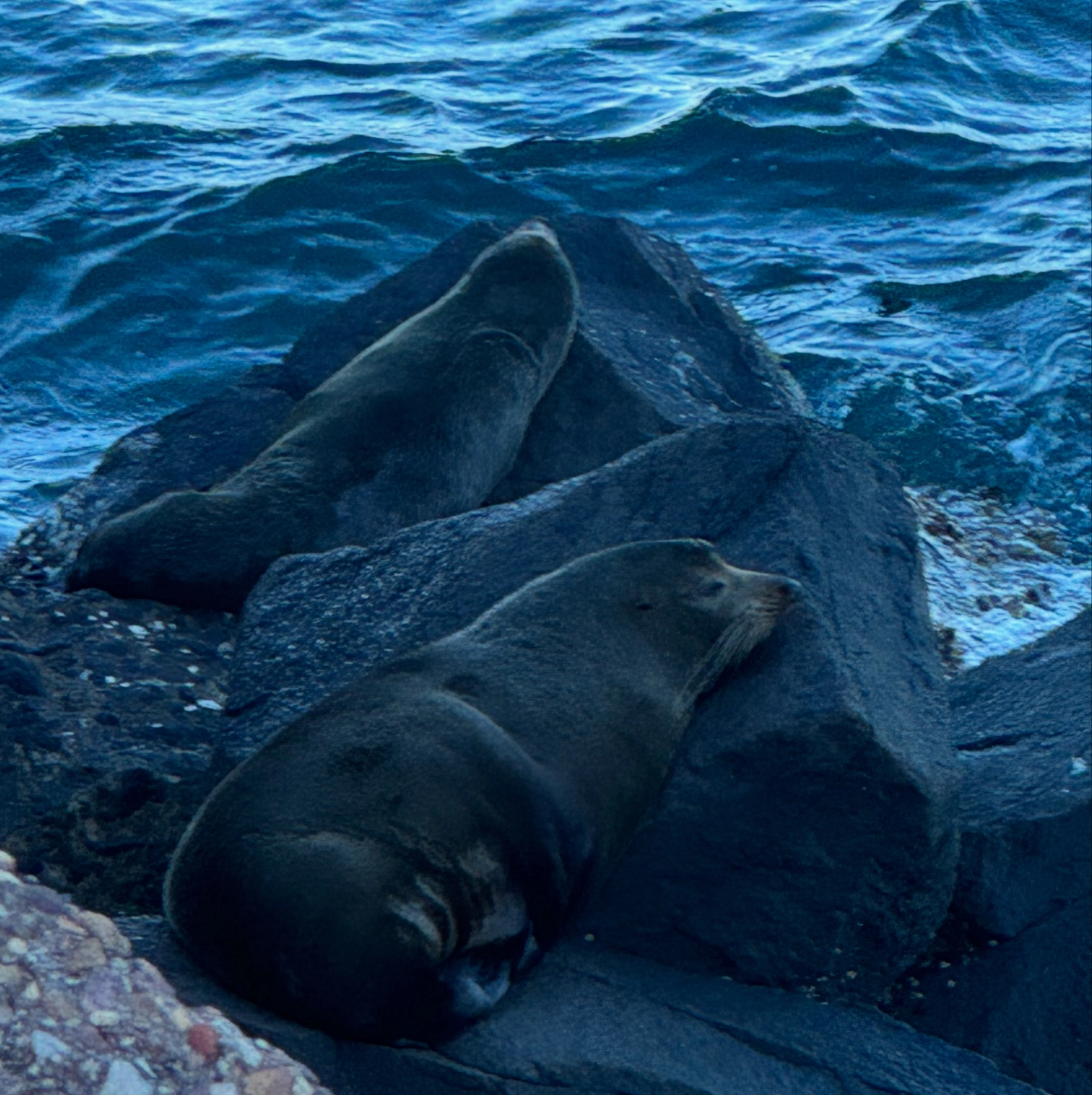
New Zealand Fur Seal - Arctocephalus Forsteri
14th July 2025
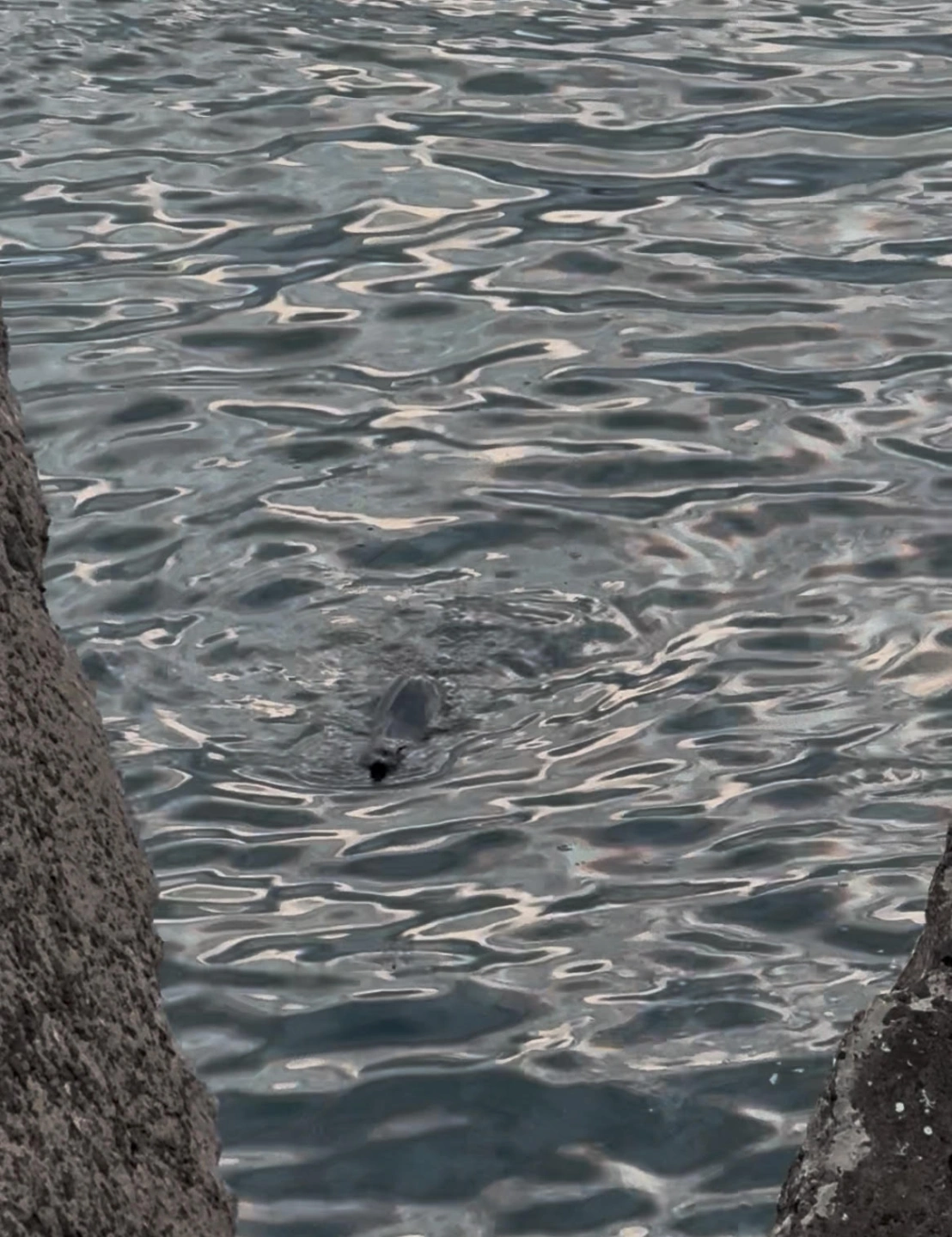
New Zealand Fur Seal - Arctocephalus Forsteri
21st July 2025
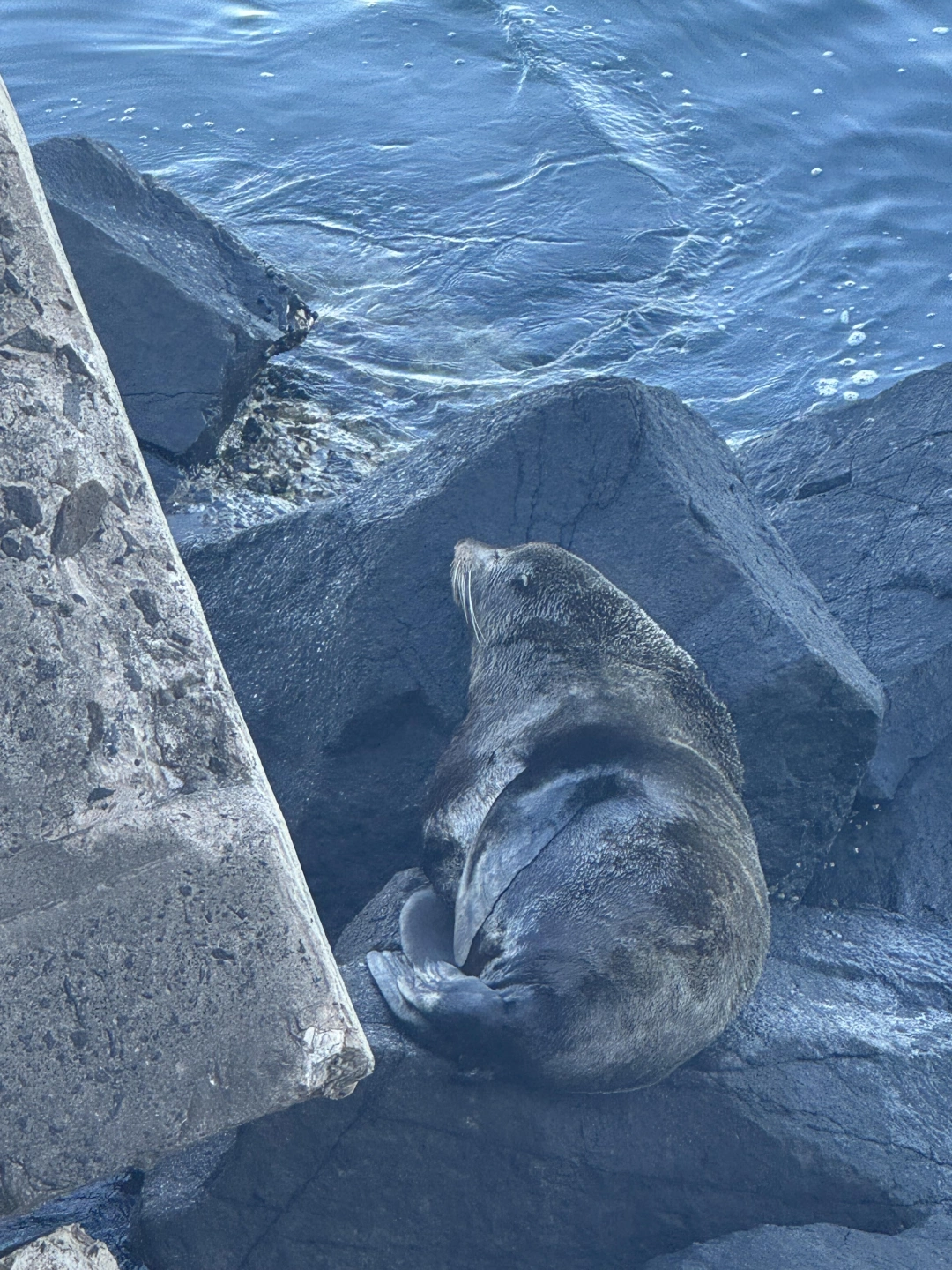
New Zealand Fur Seal - Arctocephalus Forsteri
25th July 2025
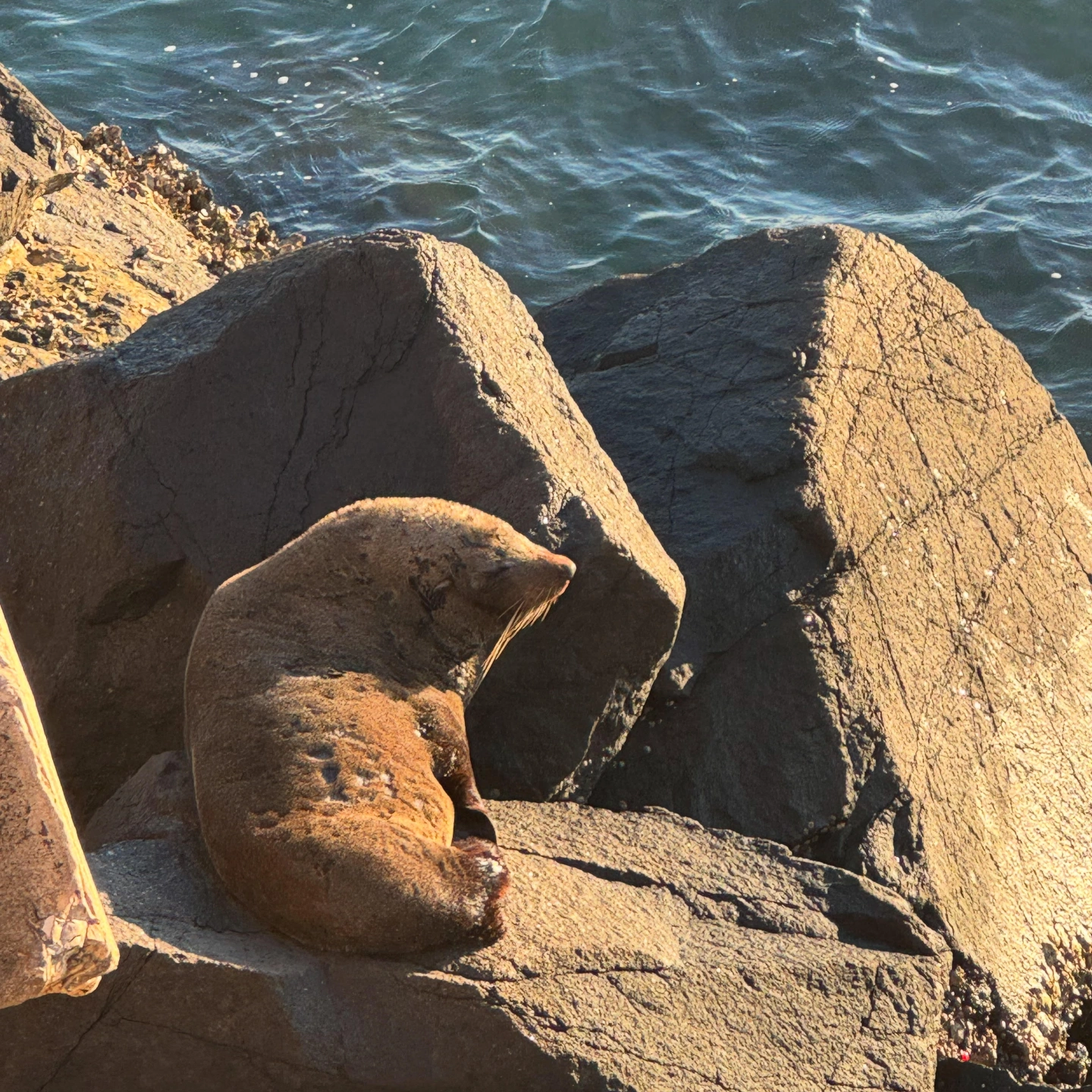
New Zealand Fur Seal - Arctocephalus Forsteri
26th July 2025
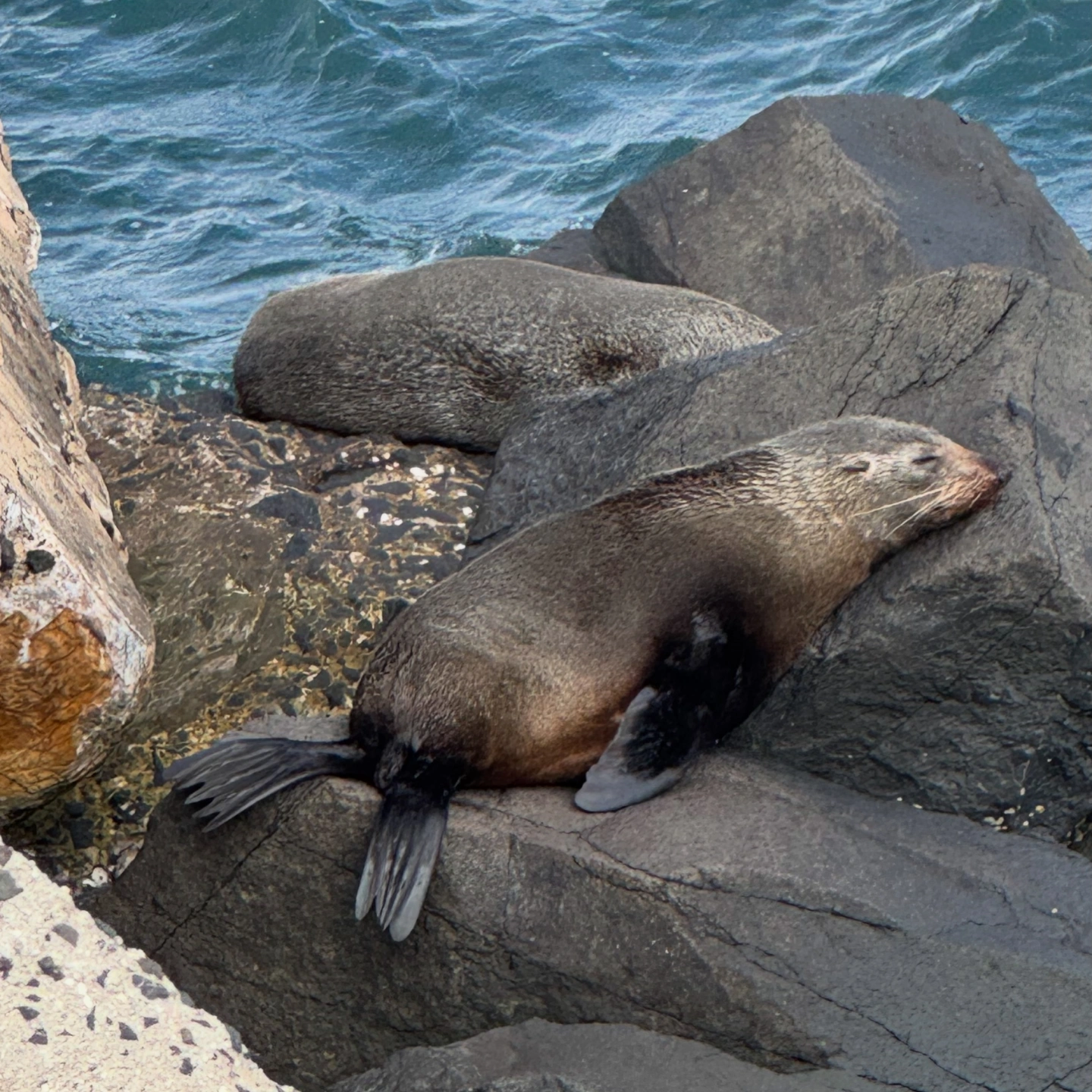
New Zealand Fur Seal - Arctocephalus Forsteri
19th August 2025